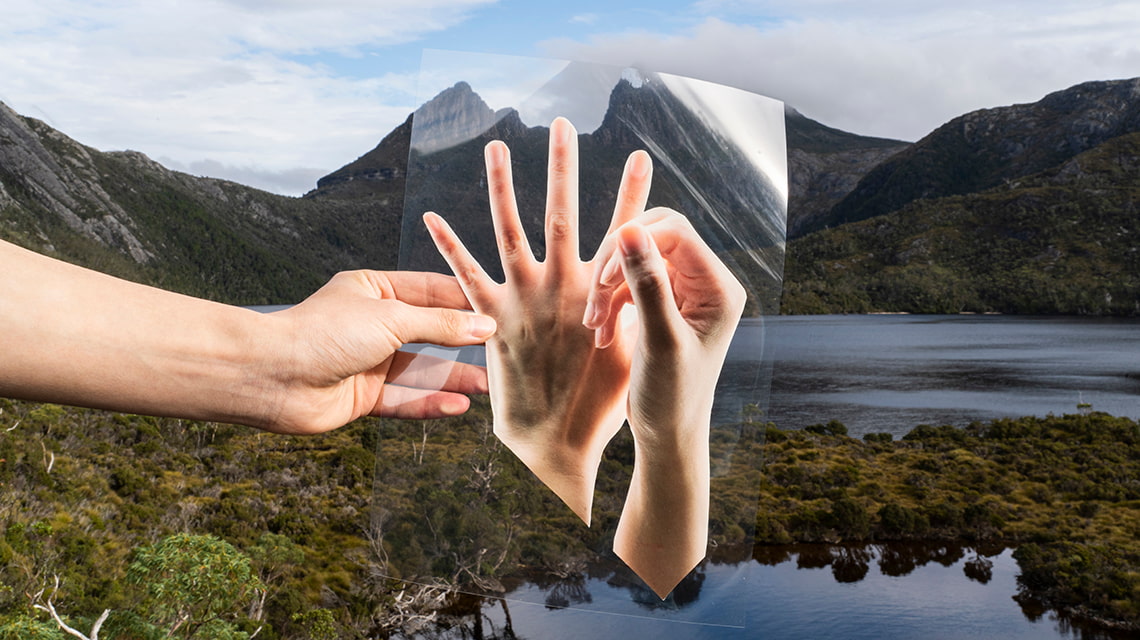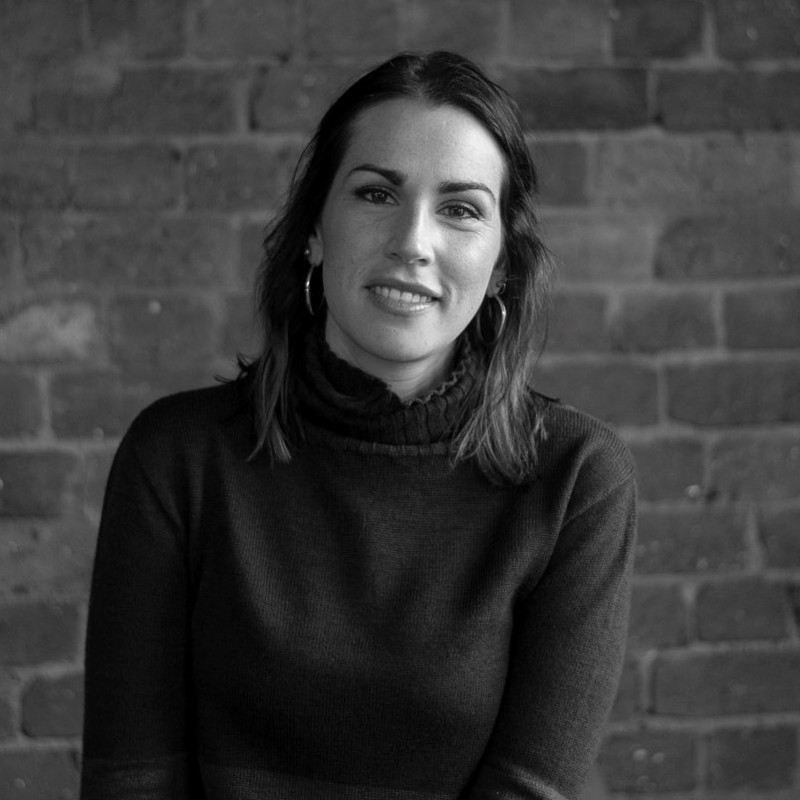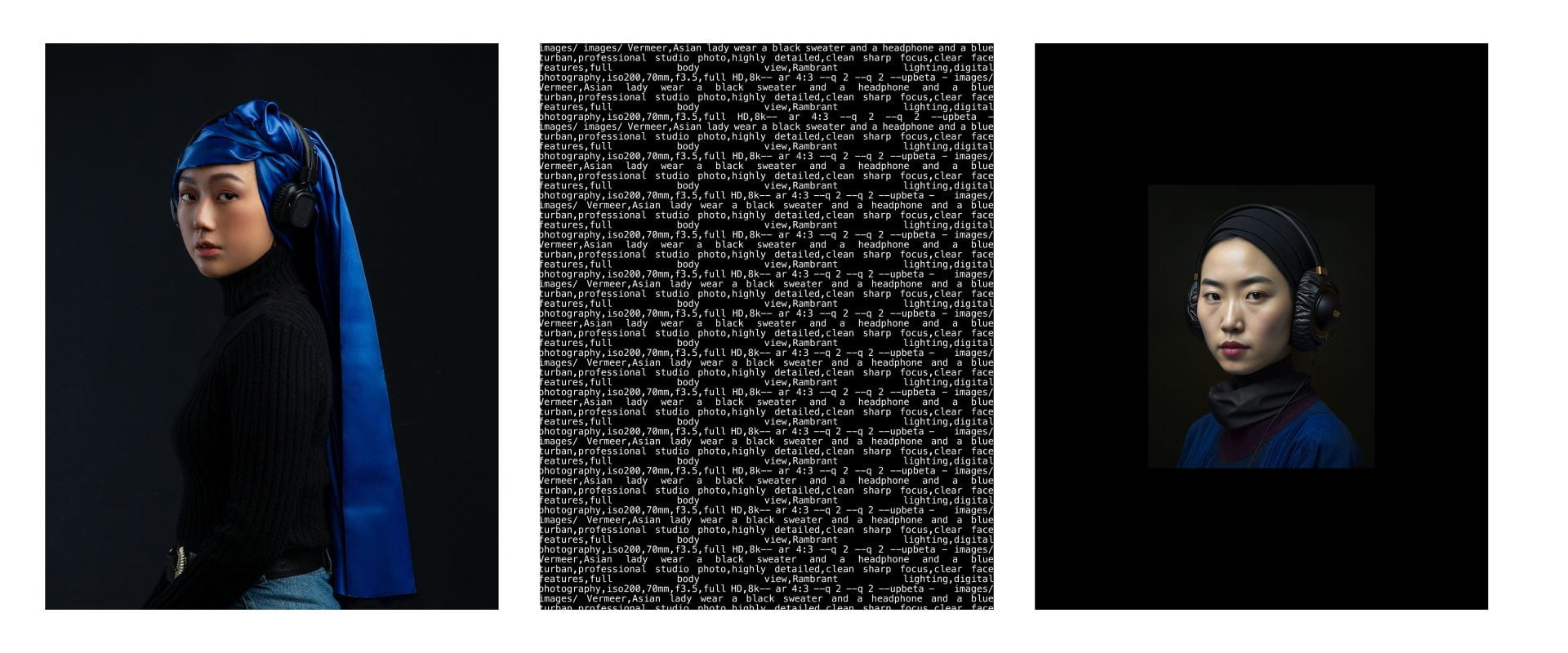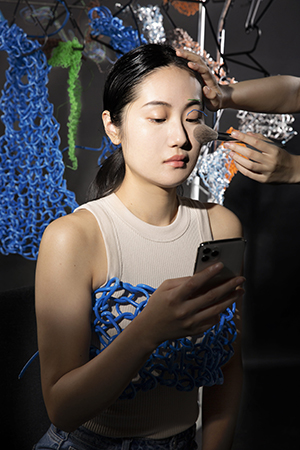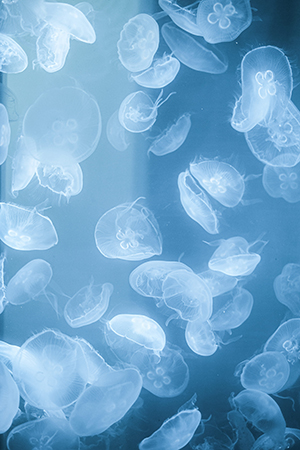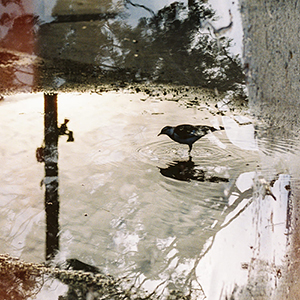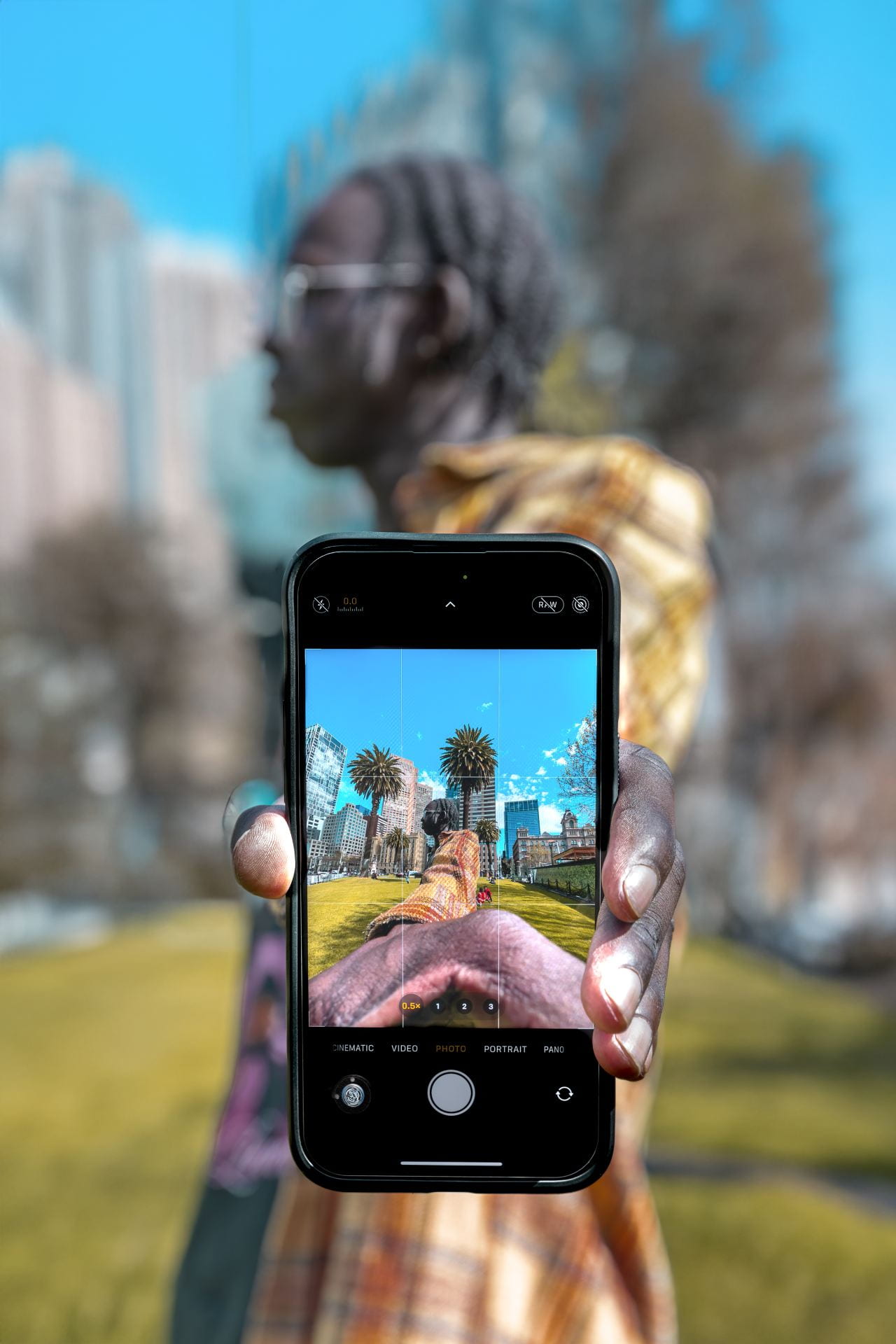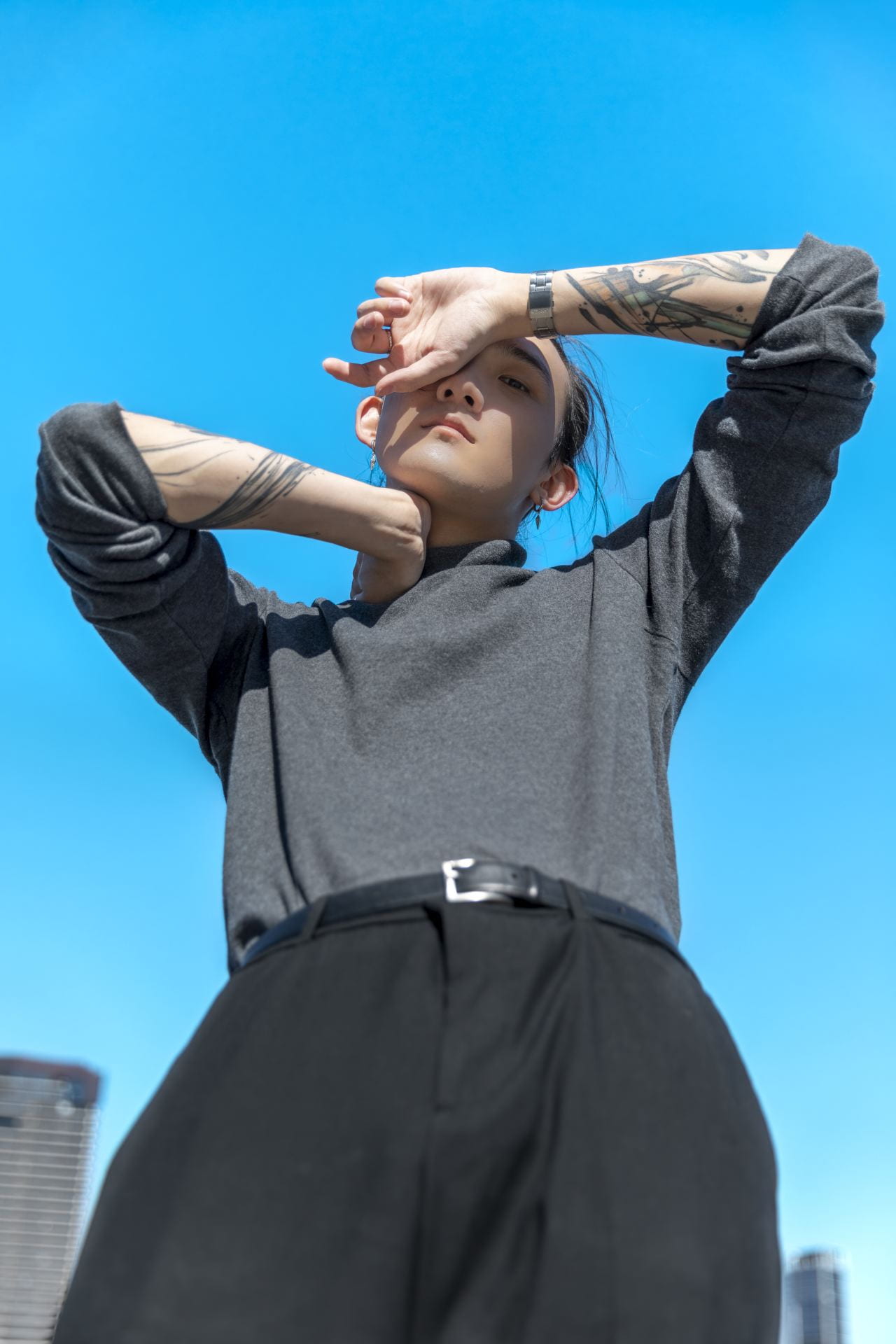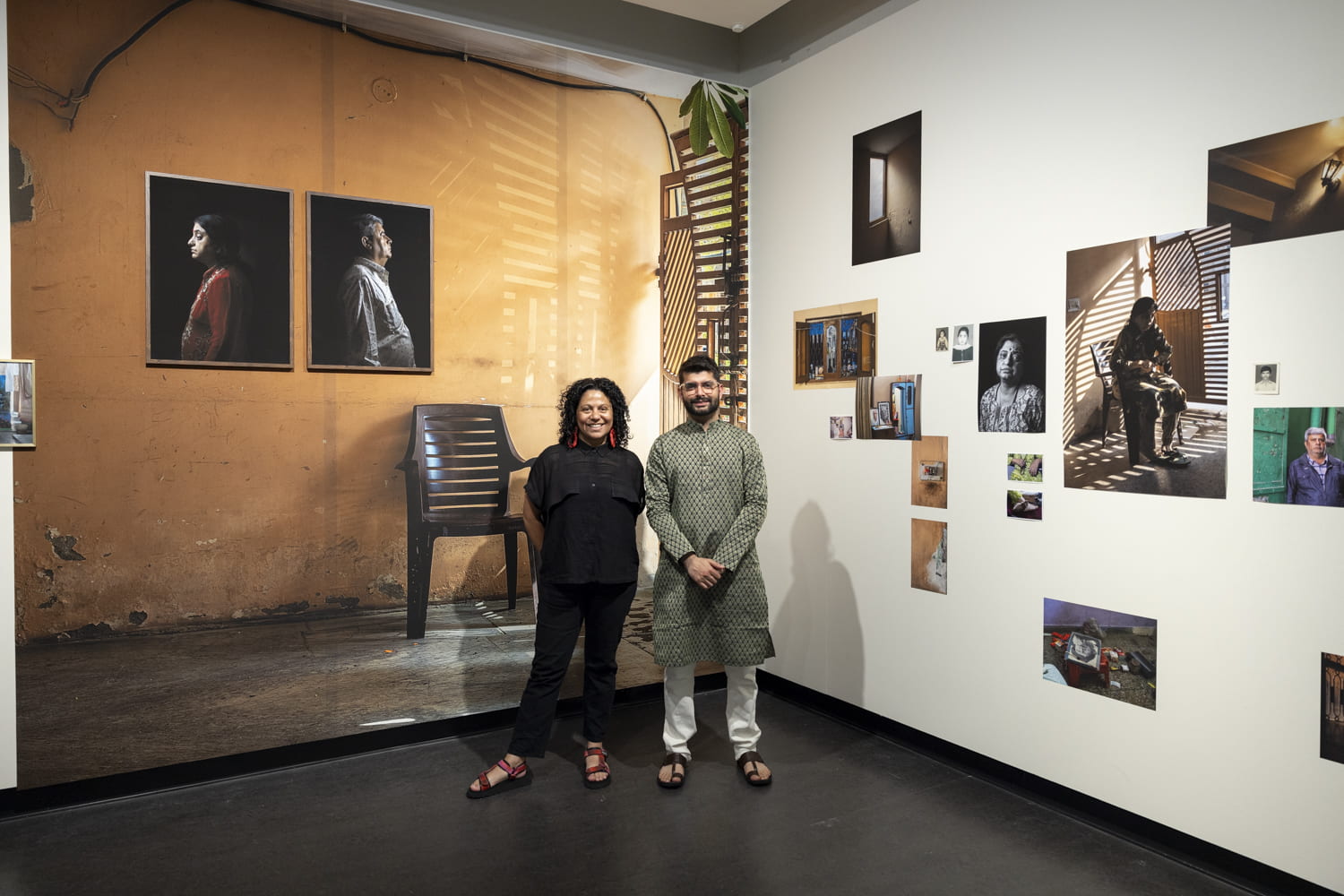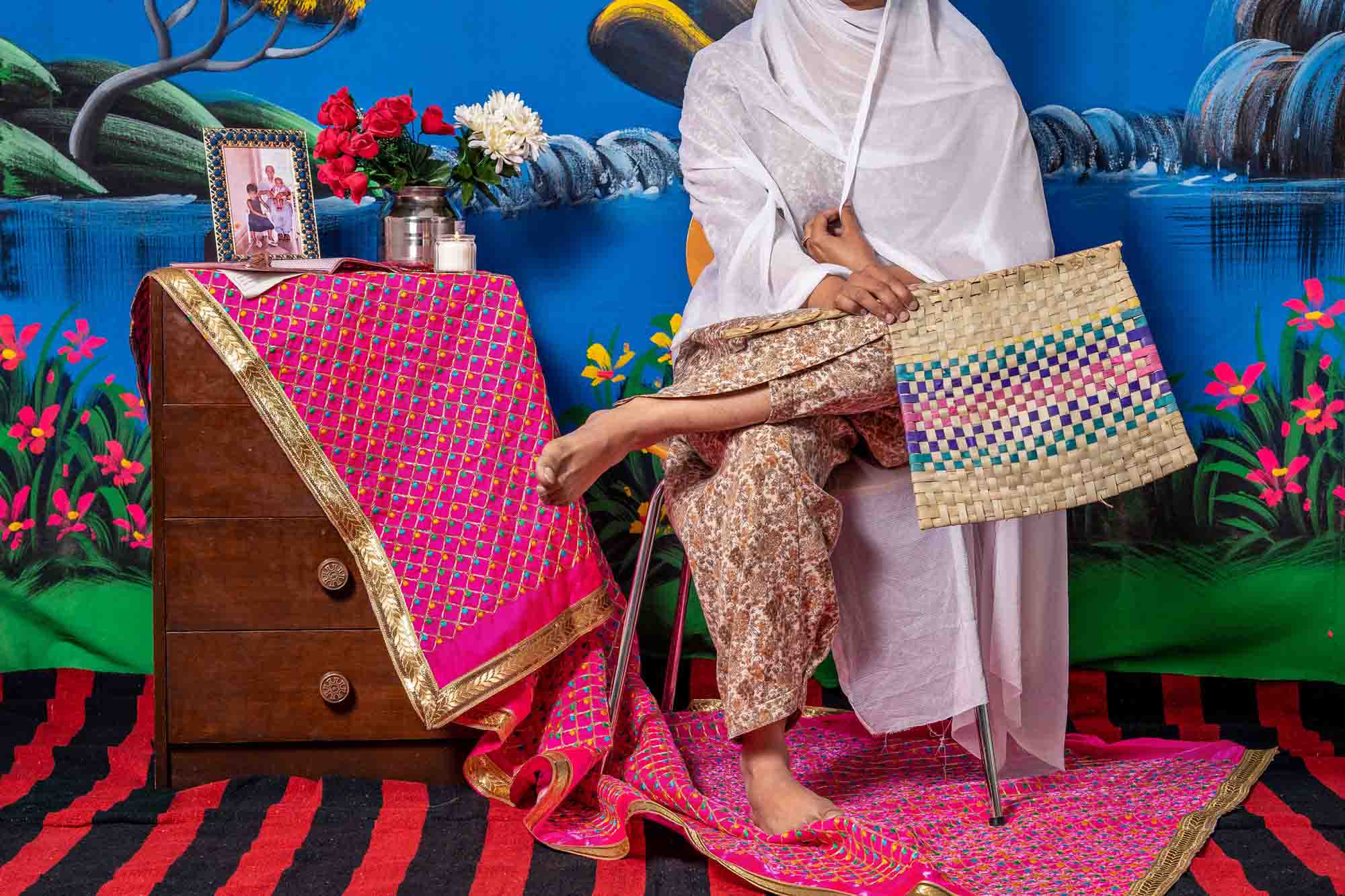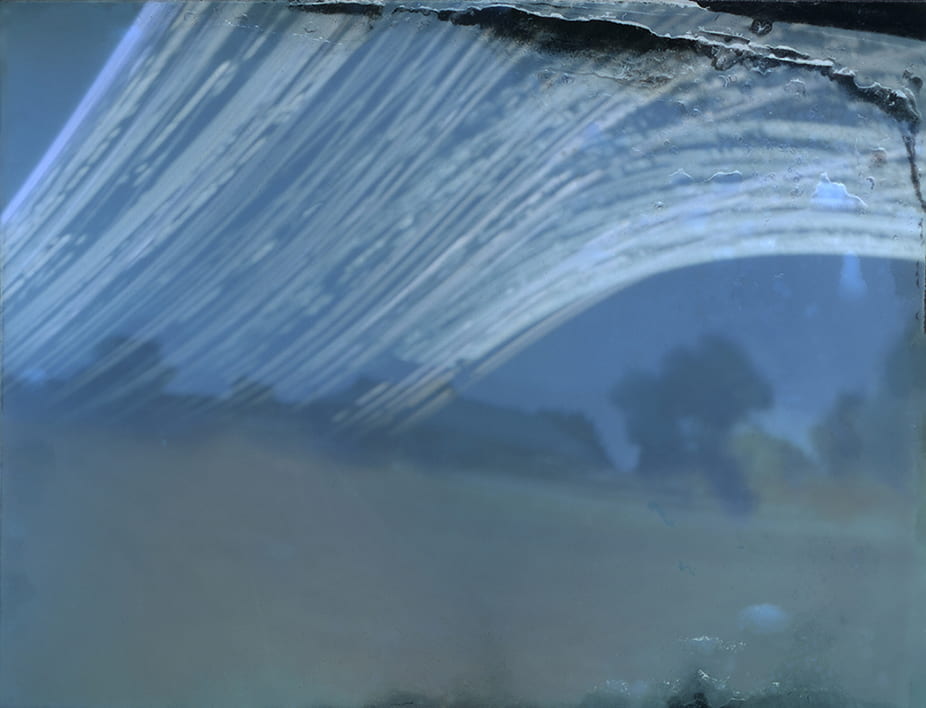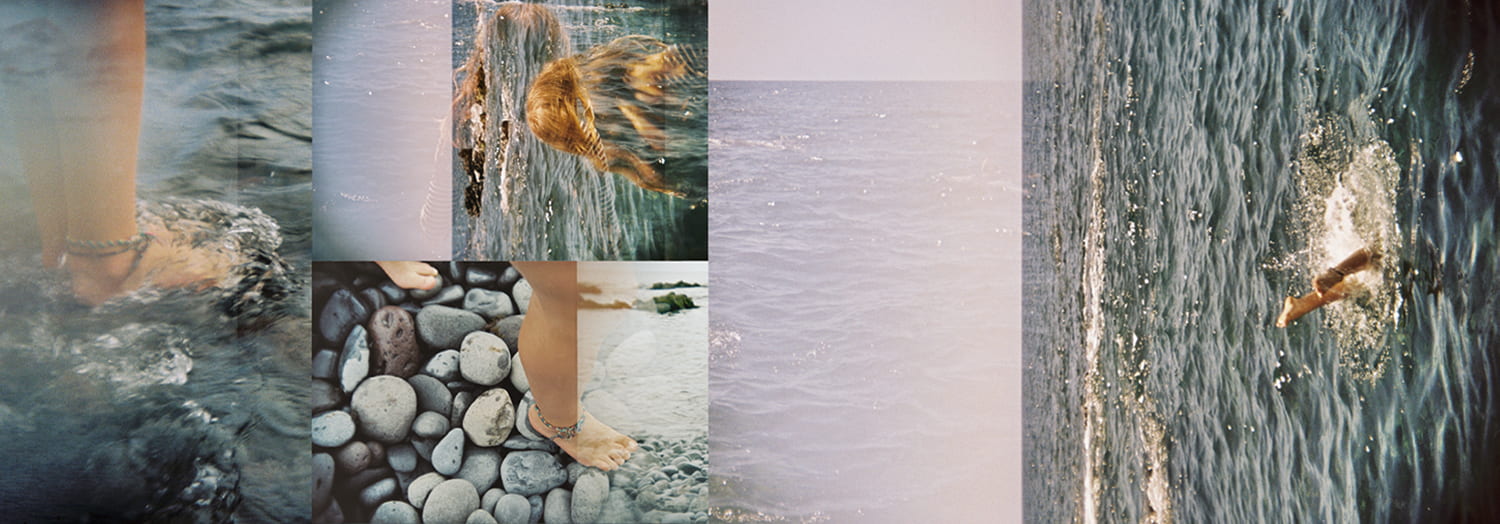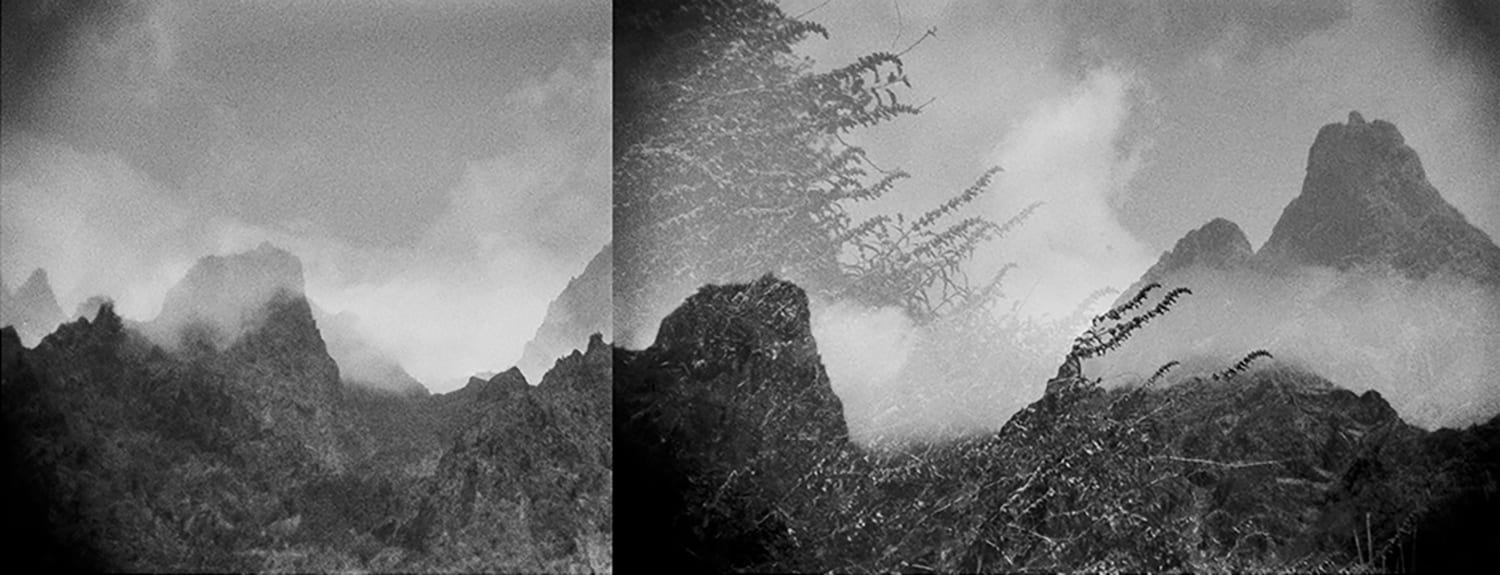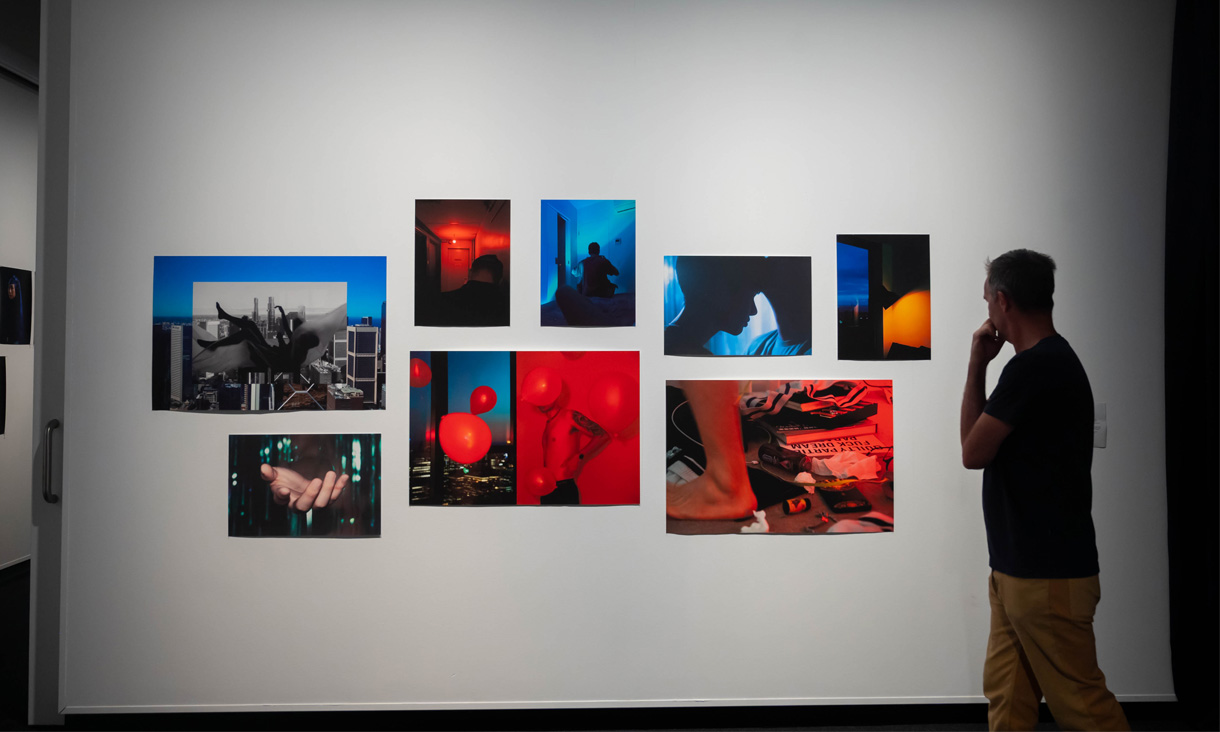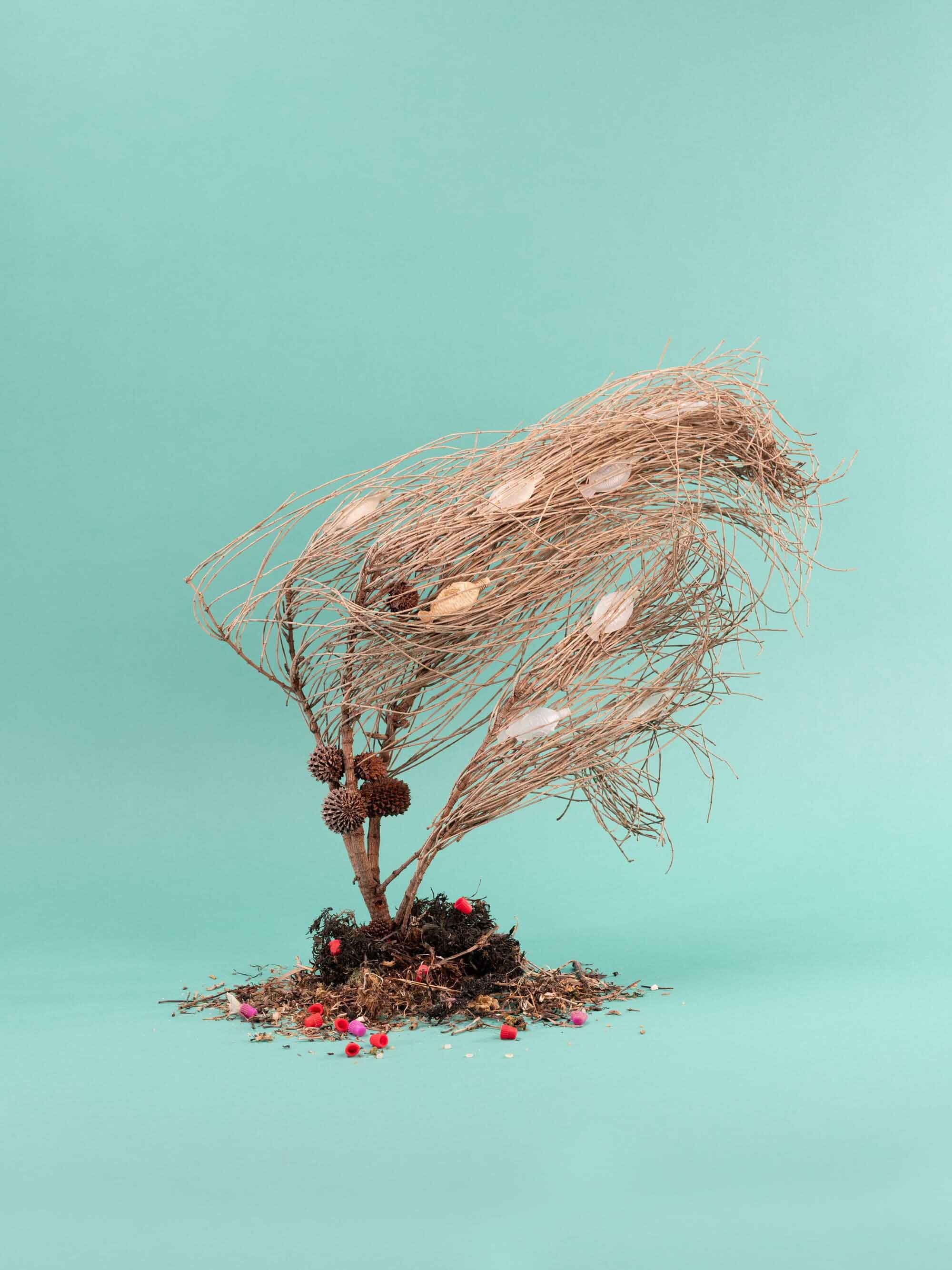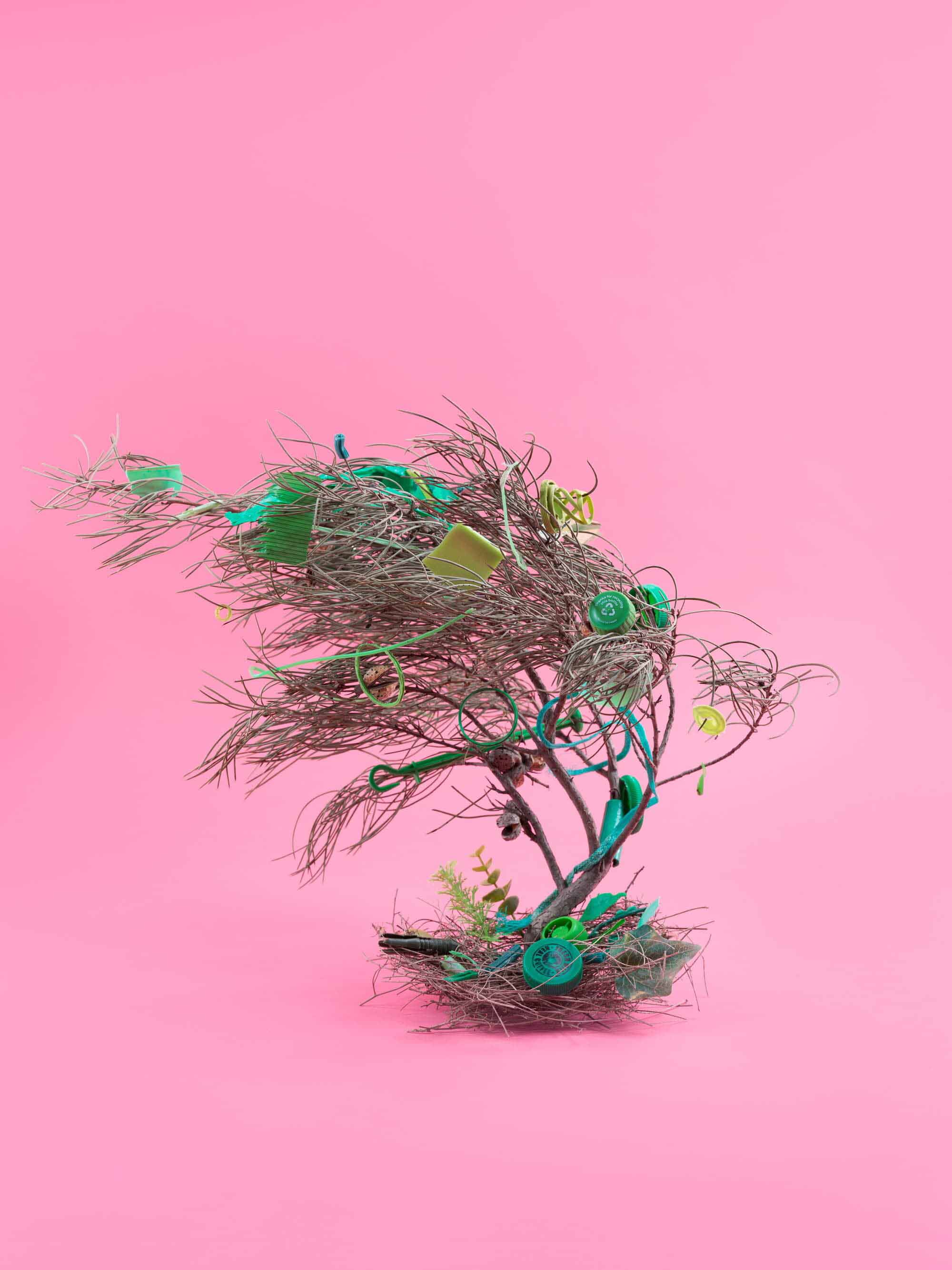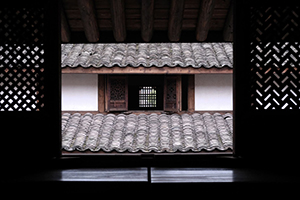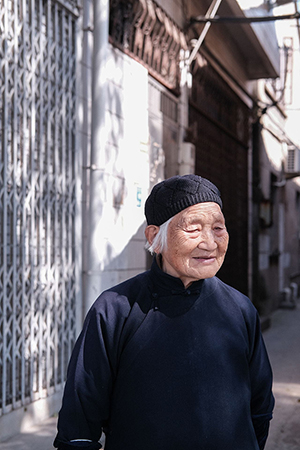Learn by making, thinking, and experimenting. Your photographic practice is supported by industry-standard facilities, expert guidance, and critical dialogue.
You’ll develop your practice using industry-standard tools and facilities, including Canon, Nikon and Sony digital systems, Hasselblad and Phase One medium-format cameras, and medium and large-format film cameras.
Our studios feature professional lighting equipment such as Broncolor and Profoto systems, Elinchrom battery-powered location kits, and Aputure LED lights.
You’ll also have access to 4K video cameras, Genie motion control systems for time-lapse and product work, and comprehensive post-production suites with EIZO colour-calibrated monitors and Epson fine art printers capable of producing exhibition-quality prints up to 160 cm wide.
Learning takes place through a dynamic mix of studio practice, seminars, lectures, and fieldwork. You’ll engage in guided, self-directed projects that combine creative experimentation with theoretical and contextual inquiry.
Regular tutorials, critiques, and presentations with academic staff and peers will help you refine your creative approach and articulate your concepts, materials, and methodologies. Excursions to galleries, museums, and cultural institutions further expand your understanding of photographic practice within contemporary contexts.
The Master of Photography degree is made up of Photographic Studio subjects, complemented by core research and professional development subjects and a variety of electives. You will engage with a range of different students and staff who provide insight into professional practice and the creative arts industries.


